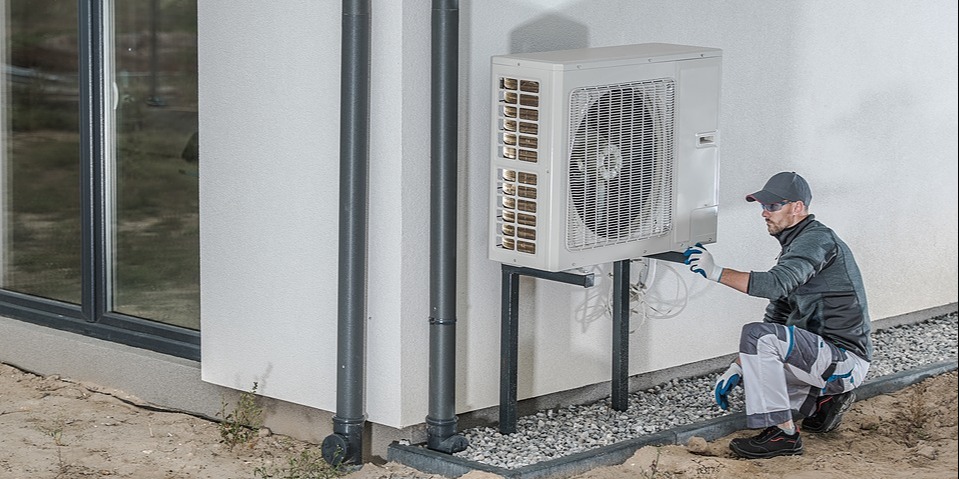
3 CONTRACTOR SECTION
Use the navigation panel on the left to jump to the different pages included in this section.
Heat pump systems are more efficient than other types of residential HVAC systems. To maximize their effectiveness, efficiency, and economic benefits, good design and proper installation are essential. Heat pumps that are designed and installed properly lead to more comfortable homes and improved customer satisfaction since their equipment lasts longer and has fewer maintenance issues.
Good design and proper installation involve correctly calculating heating and cooling loads (i.e. properly considering the building envelope), understanding the importance of correct sizing for the local conditions, selecting the right equipment for each home, and correctly installing the heat pump system and related components.
This guide provides a list of minimum requirements and the best practices for designing and installing the two most common types of residential air-source heat pump (ASHP) systems into existing homes:
- Centrally ducted ASHPs
- Mini-split ASHPs (both ductless and mini-ducted)
This guide also includes some information related to homeowner education and system setup to help ensure that the heat pump systems are operating efficiently and customers are satisfied.
This guide is mainly targeted at experienced installers of heat pump systems. High-quality installations of heat pump systems can give numerous benefits to the installers, including client referrals, increased sales, reduced call-backs, and improved customer comfort and satisfaction.
Heat pump systems should always be designed and installed by licensed, trained professionals. Installers should always follow the manufacturer's specification and installation instructions, and all applicable standards, codes, and regulations. For instance, Technical Safety BC requires that licensed contractors secure an installation permit for air conditioning systems exceeding 5 kW input capacity (i.e. 17,000 BTU/h).14
For clarity, this guide does not cover ground-source or water-source heat pumps.